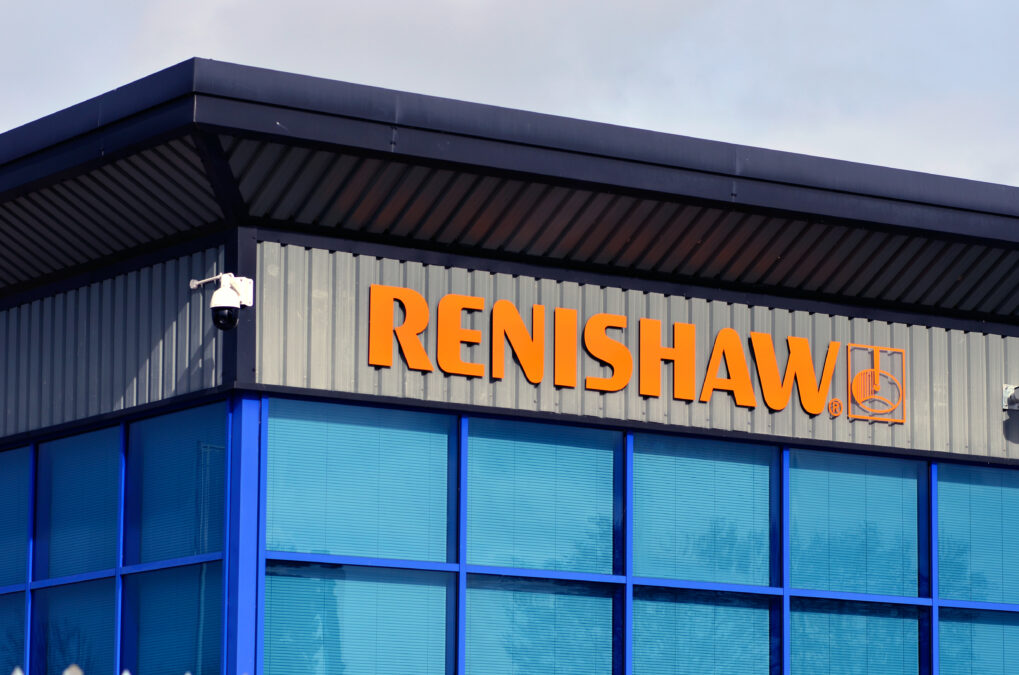James Gargan, the vice president of IBM’s System x server line, recalls fondly the moment when the company decided it was going to be the technology leader for x86 servers. “It was like being a kid in a candy store. They unlocked the doors, let us in, shut the doors, then said, ‘Take whatever you want.’”
However, it is six years since that decision, and IBM still trails both Dell and Hewlett-Packard in x86 server sales. And while IBM has enjoyed success with its Unix server range – where it has 32% market share – and its blade server line, the x86 line continues to lag.
However, Gargan believes he can learn some tricks from the blade server business. Blade servers, where the blades themselves are cheap but the chassis that contain them are the main investment, has offered a way for IBM to differentiate itself. With power-usage and cooling on every data centre manager’s list of pain points, IBM is emphasising the number of components, such as power supplies and fans, that have been shifted off the blades themselves and into the BladeCenter chassis, reducing the overall power draw.
In particular, IBM likes to contrast what it claims are the chassis’ more efficient cooling systems with those of HP’s, as well as the power required, claiming up to 30% less energy is needed by BladeCenter compared with HP’s BladeSystem. Forthcoming systems based on Intel’s quad-core “Clovertown” processor will provide managers with the option of using flash memory instead of on-blade hard drives to reduce the power draw and cooling requirements, although Clovertown is likely to offer only small benefits itself. Blades that use IBM’s Cell parallel processor will be available to certain industries that require supercomputing capabilities.
For most business users, a complete move to blade servers is still years away, says Gargan. He predicts that the majority of servers will still be rack-based by 2010. So IBM wants to increase interest in Series x using those power and cooling capabilities. Power Executive, a plug-in for its Director management tool, is able to monitor and cap electricity usage of any IBM hardware with compatible firmware, including x86 servers.
Cool Blue uses the water supply from data centre air conditioners to cut heat emissions from the rear of server racks. Mindful that fresh water is a scare commodity in many countries, the company is also working on a system that can handle the salt from sea water.
Nevertheless, with cost also figuring highly on CIO’s agendas, usurping Dell in x86 servers is likely to be as hard for IBM as persuading the world that blades are the way forward.





